Details of the Target
General Information of Target
| Target ID | LDTP14365 | |||||
|---|---|---|---|---|---|---|
| Target Name | Elongin BC and Polycomb repressive complex 2-associated protein (EPOP) | |||||
| Gene Name | EPOP | |||||
| Gene ID | 100170841 | |||||
| Synonyms |
C17orf96; PRR28; Elongin BC and Polycomb repressive complex 2-associated protein; Proline-rich protein 28 |
|||||
| 3D Structure | ||||||
| Sequence |
MKSAASSRGGGGGGRGGGGWGSWGGGRGGGGGAGKGGGGDGGGQGGKGGFGARARGFGGG
GRGRGRGGGDGKDRGGGGQRRGGVAKSKSRRRKGAMVVSVEPHRHEGVFIYRGAEDALVT LNMVPGQSVYGERRVTVTEGGVKQEYRTWNPFRSKLAAAILGGVDQIHIKPKSKVLYLGA ASGTTVSHVSDIIGPDGLVYAVEFSHRAGRDLVNVAKKRTNIIPVLEDARHPLKYRMLIG MVDVIFADVAQPDQSRIVALNAHTFLRNGGHFLISIKANCIDSTASAEAVFASEVRKLQQ ENLKPQEQLTLEPYERDHAVVVGVYRPLPKSSSK |
|||||
| Target Bioclass |
Other
|
|||||
| Subcellular location |
Nucleus
|
|||||
| Function |
Scaffold protein that serves as a bridging partner between the PRC2/EZH2 complex and the elongin BC complex: required to fine-tune the transcriptional status of Polycomb group (PcG) target genes in embryonic stem cells (ESCs). Plays a key role in genomic regions that display both active and repressive chromatin properties in pluripotent stem cells by sustaining low level expression at PcG target genes: acts by recruiting the elongin BC complex, thereby restricting excessive activity of the PRC2/EZH2 complex. Interaction with USP7 promotes deubiquitination of H2B at promoter sites. Acts as a regulator of neuronal differentiation.
|
|||||
| Uniprot ID | ||||||
| Ensemble ID | ||||||
| HGNC ID | ||||||
Probe(s) Labeling This Target
ABPP Probe
| Probe name | Structure | Binding Site(Ratio) | Interaction ID | Ref | |
|---|---|---|---|---|---|
|
DBIA Probe Info |
 |
C140(2.29) | LDD3407 | [1] | |
|
IA-alkyne Probe Info |
 |
C46(9.46); C134(5.60) | LDD1704 | [2] | |
|
Compound 11 Probe Info |
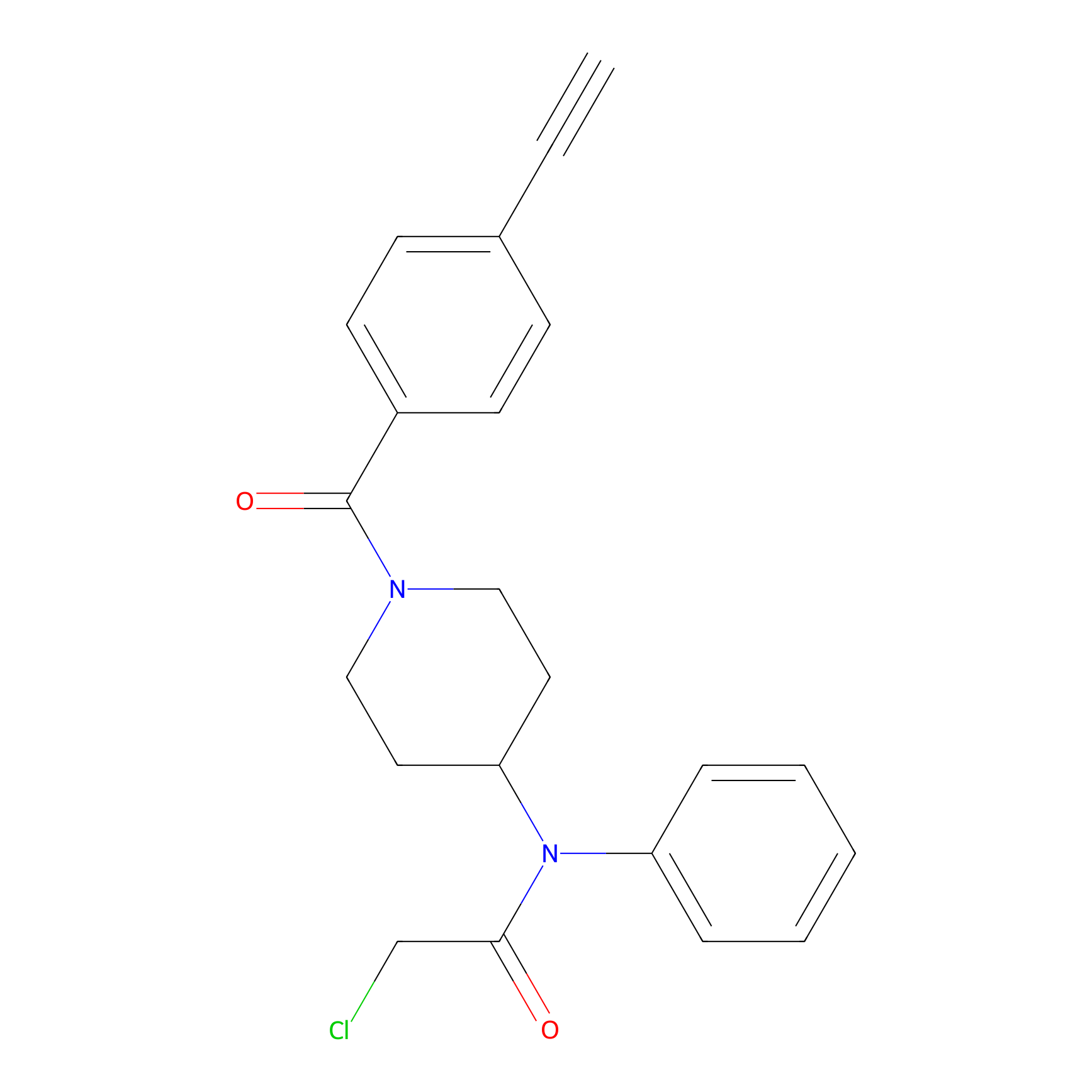 |
N.A. | LDD2213 | [3] | |
|
IPM Probe Info |
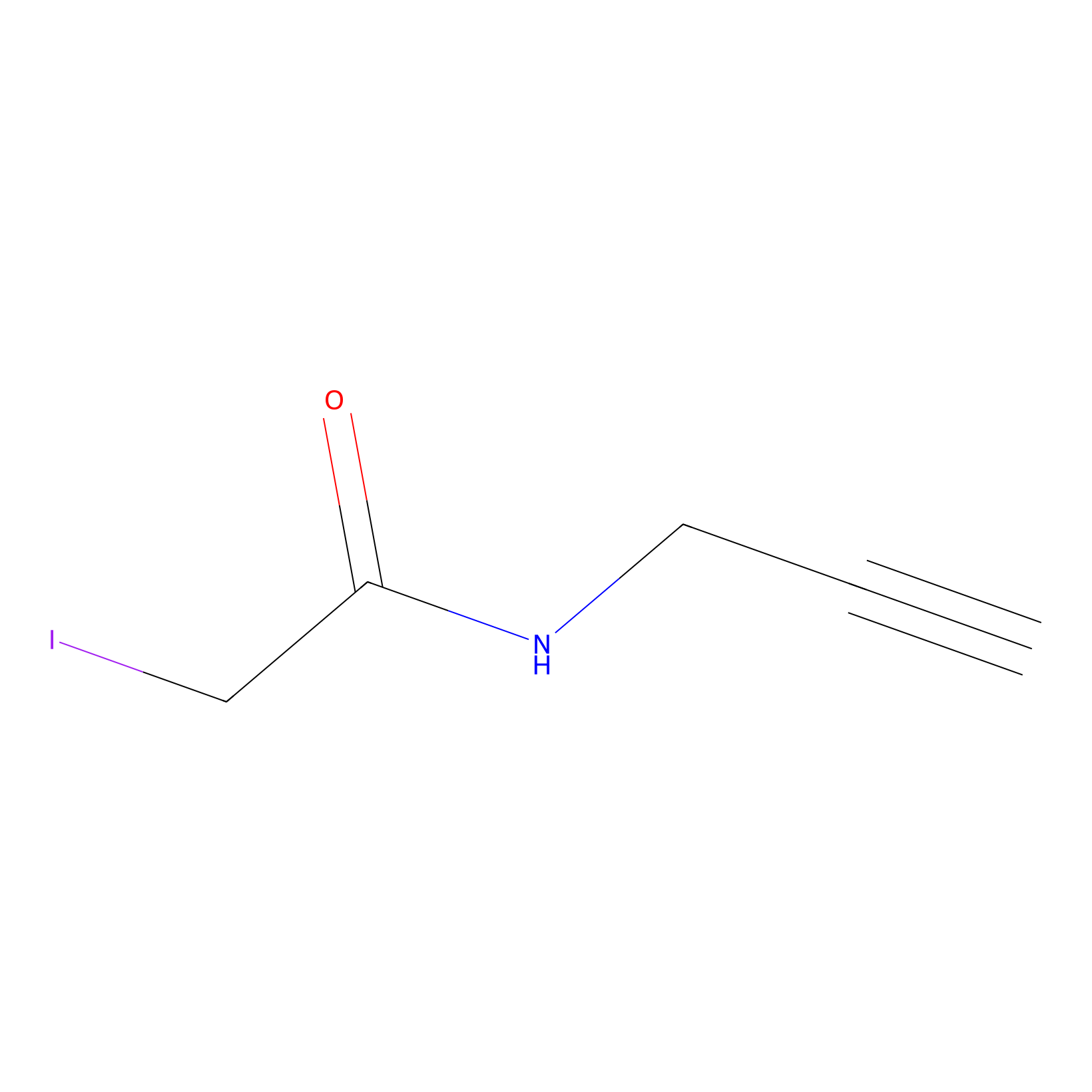 |
C39(0.00); C21(0.00) | LDD2156 | [4] | |
|
TFBX Probe Info |
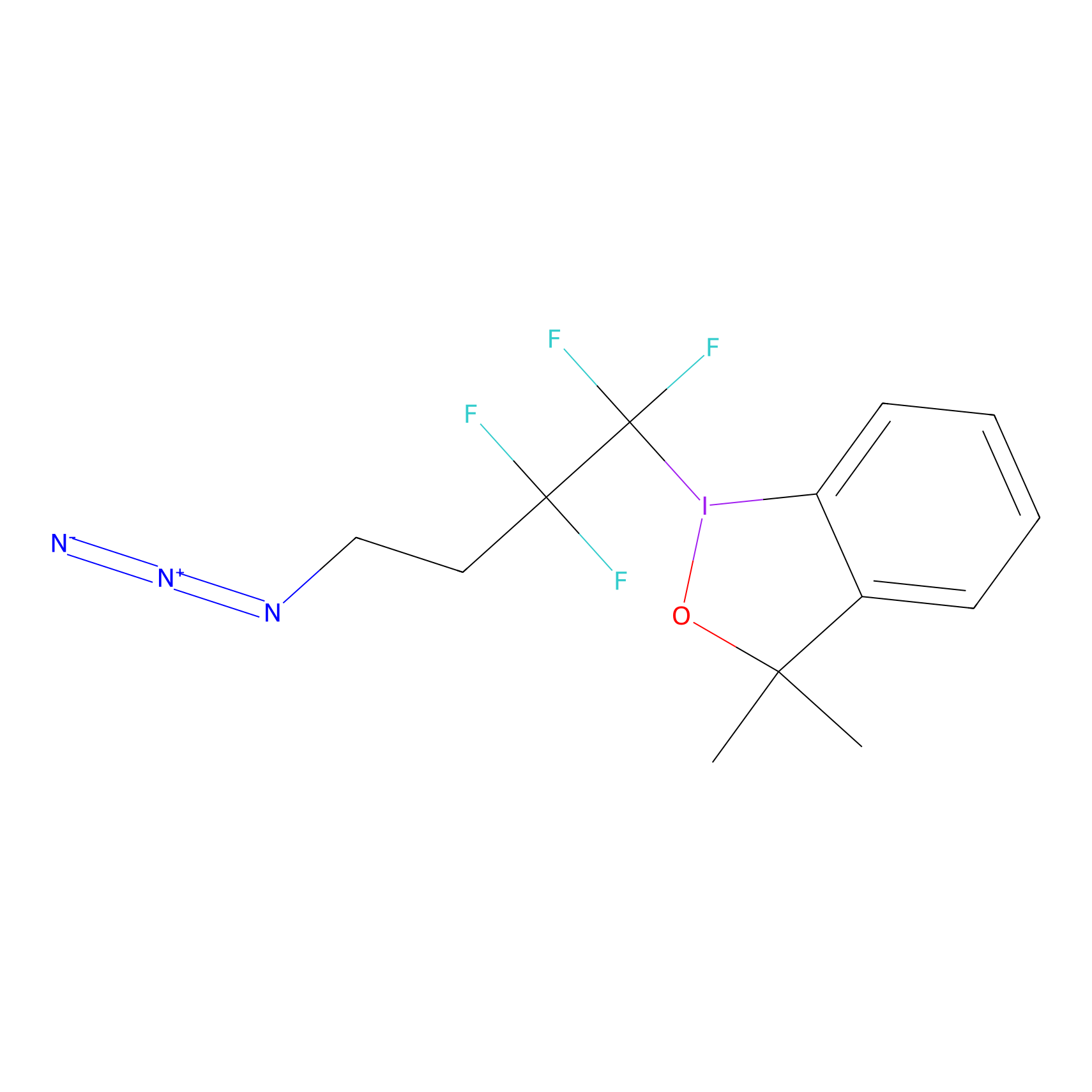 |
C21(0.00); C134(0.00); C140(0.00) | LDD0148 | [5] | |
|
VSF Probe Info |
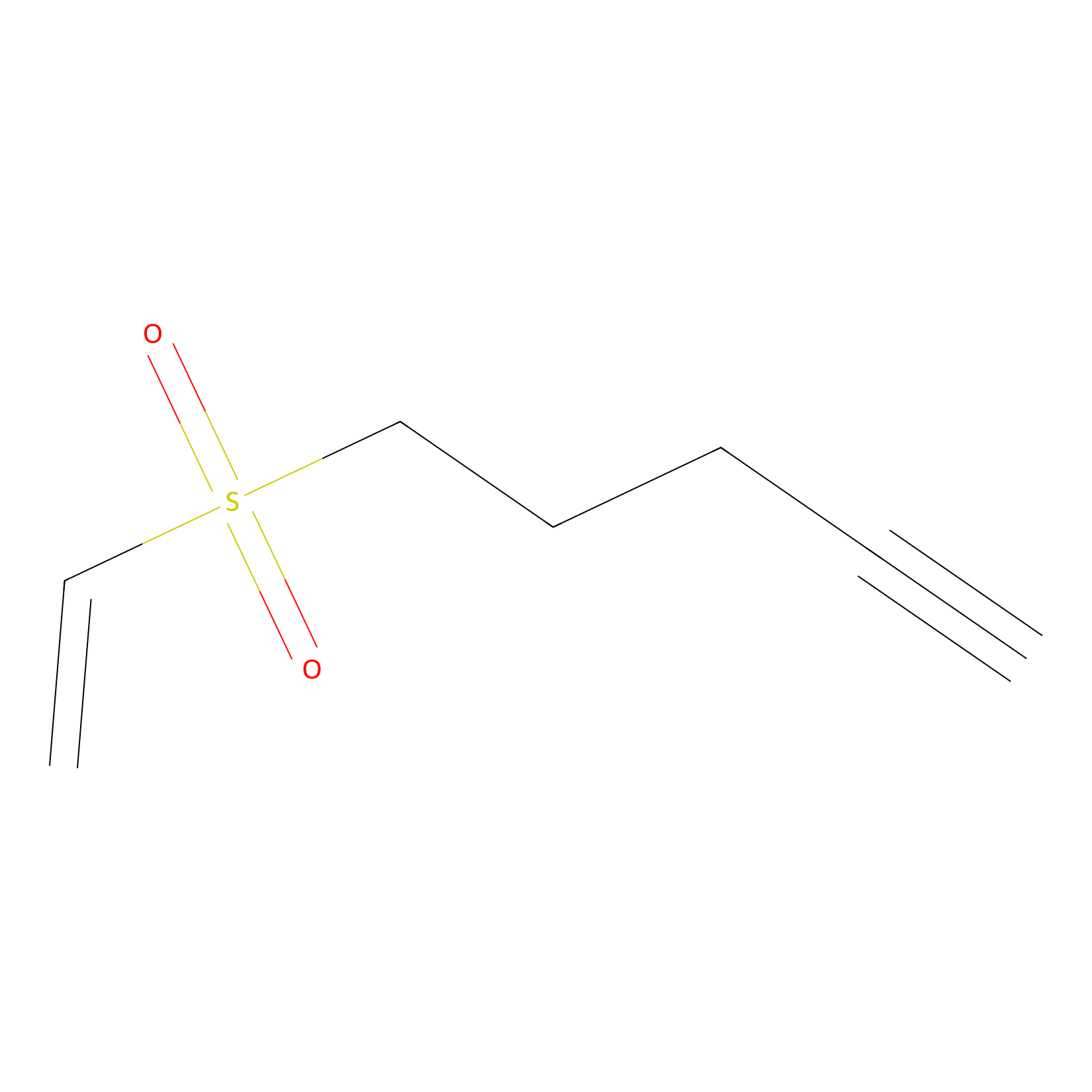 |
N.A. | LDD0007 | [6] | |
|
Phosphinate-6 Probe Info |
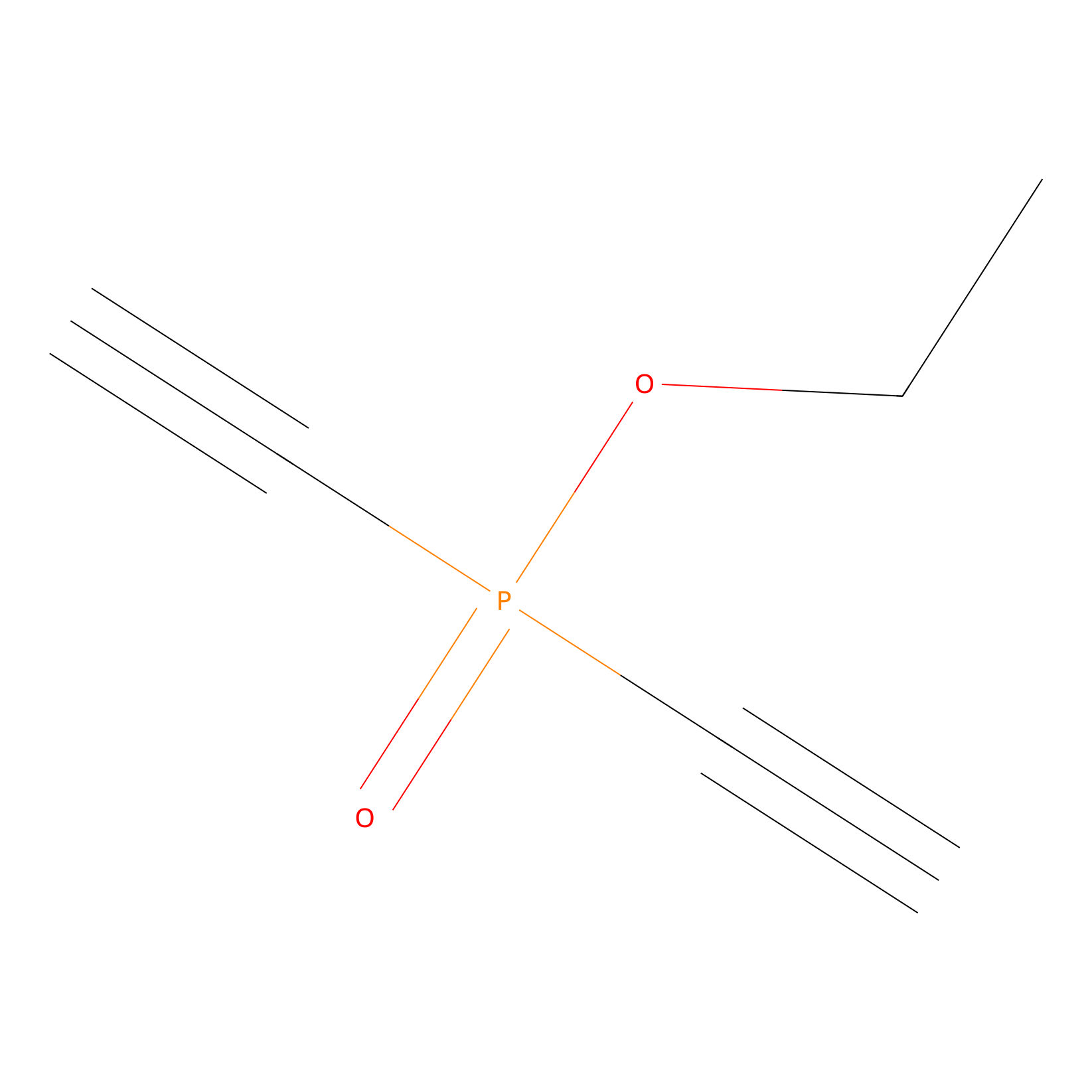 |
C29(0.00); C39(0.00) | LDD0018 | [7] | |
Competitor(s) Related to This Target
References
